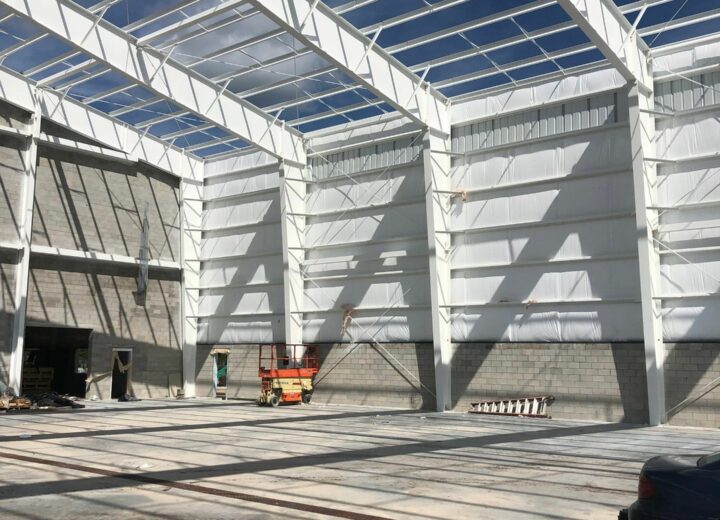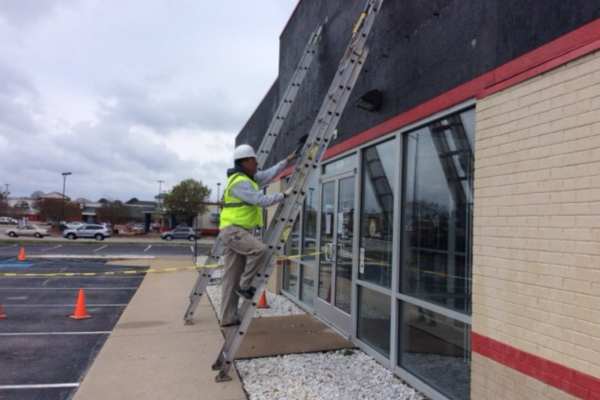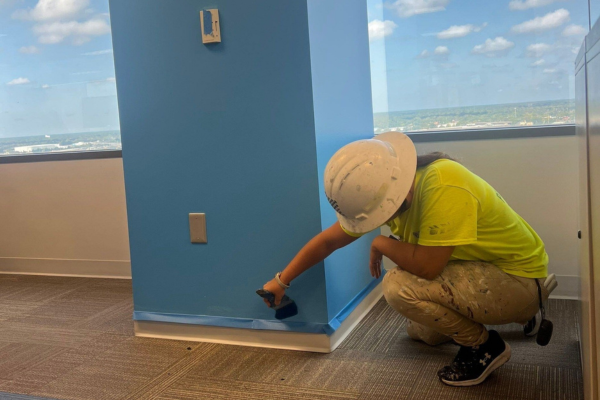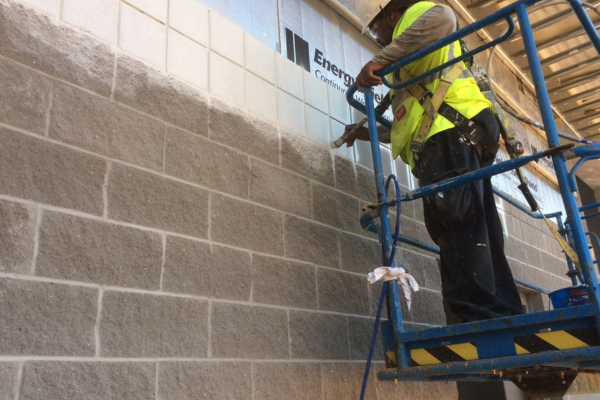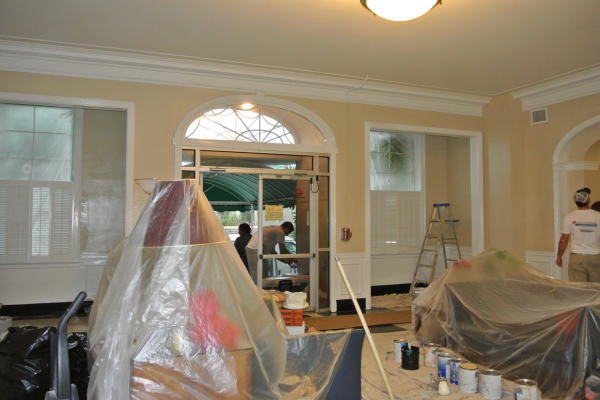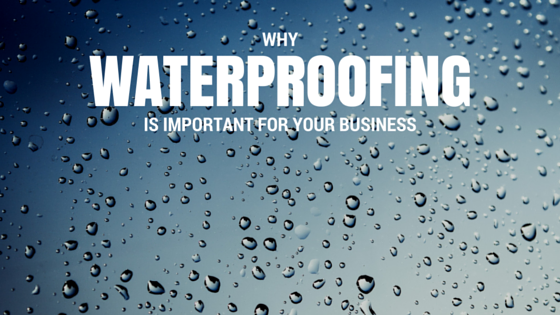 Stucco is a highly versatile, practical and long-lasting material that can be used in any climate, from wet to dry and hot to cold. When properly applied and maintained, stucco is as durable as any other exterior wall cladding material. For instance, many of the stucco homes built in Florida one hundred years ago are still in good shape, without being painted or maintained regularly.
Stucco is a highly versatile, practical and long-lasting material that can be used in any climate, from wet to dry and hot to cold. When properly applied and maintained, stucco is as durable as any other exterior wall cladding material. For instance, many of the stucco homes built in Florida one hundred years ago are still in good shape, without being painted or maintained regularly.
Then why do so many people decide to paint exterior stucco? Well, there are many reasons behind painted stucco, from improving the exterior appearance to enhancing some of the structural properties of buildings. Now, let’s take a look at whether or not painted stucco can improve the weather resistance properties of the building envelope.
Is Stucco a Good Choice for Florida’s Weather?
Though stucco is designed to seal buildings from moisture, it deteriorates over time due to a series of factors, such as prolonged exposure to UV rays, moisture, rain, wind, dust, pollution and so on. Not only does stucco fade and erode away in a relatively short time frame under Florida’s brutal sun, it also tends to develop hairline cracks when applied too quickly or under direct sunlight. All these will hamper its ability to protect buildings against wind and water intrusion. Once inside the wall, water leads to condensation, causing damp patches, rot and mold growth – three major concerns, specifically in the storm-threatened areas of the country.
With all these things in mind, manufacturers have developed a series of exterior paint systems to make stucco more weather resistant. When it comes to choosing the right paint for stucco, the specialists working at Performance Painting advise home and business owners to opt for elastomeric-modified coatings.
Belonging to the acrylic-latex product category, high-quality elastomeric-modified paints are characterized by:
- excellent waterproofing properties, keeping stucco from absorbing moisture and water;
- enhanced durability, protecting against severe weather conditions;
- ease of application and maintenance;
- excellent coverage along with color and gloss retention;
- superior moisture, UV and chemical resistance, protecting structures even from airborne pollutants;
- outstanding adhesion to stucco and other substrates;
- superior flexibility, which makes them ideal for bridging existing holes and cracks (elastomeric-modified paints expand and contract as cracks underneath open and close, resisting shrinkage-/expansion-induced stresses); since the crack-bridging capability of these paints is related to film thickness, two coats of paint are typically required;
- great breathability, allowing the moisture that builds up inside the masonry to escape.
In conclusion, when elastomeric-modified paints are used, painted stucco develops excellent weather resistance properties, which make it impervious to the elements. But to achieve the best results possible, it’s imperative to know how to prepare stucco for painting. This can be done in a few simple steps:
- wash the exterior walls with a mild detergent solution, rinse well and let them dry; if you’re tempted to pressure wash the exterior, we invite you to check our 10-Step Guide to Pressure Washing – The Right Way;
- make the necessary repairs;
- choose a primer compatible with the substrate and the paint system you intend to use; prime surfaces and let them dry before applying the paint;
- if you’re painting new stucco, allow it to cure and dry for about 90 days; then, apply the primer, let it dry and paint the walls.
At Performance Painting, we provide all types of residential and commercial painting services. Contact our professionals today for expert advice, a free estimate or for a high-quality paint job on your home or business in Jacksonville, Neptune Beach, Atlantic Beach, Ponte Vedra, St. Augustine, Orange Park, Middleburg, Amelia Island, and neighboring areas.

